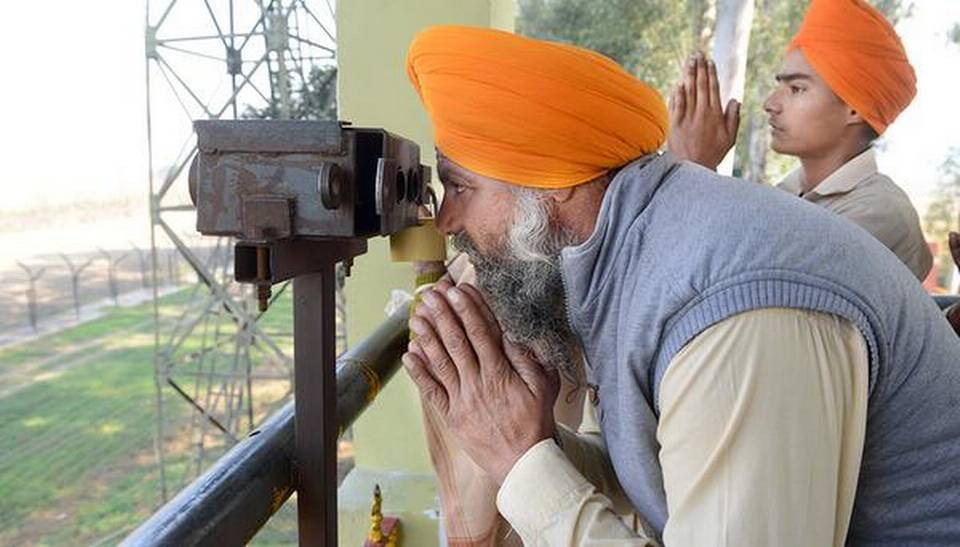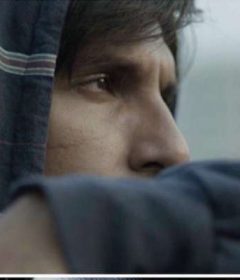Kartarpur marks a fresh start

Decision to open corridor an unprecedented form of diplomacy, say experts
As Vice-President Venkaiah Naidu and Punjab Chief Minister Amarinder Singh together unveil a foundation stone on Monday for a six-km route leading from Dera Baba Nanak in Punjab to Kartarpur in Pakistan’s Punjab on Monday, it will not just be the reopening of a route closed by Partition, but would mark the beginning of an unprecedented form of diplomacy, say diplomats.
On Wednesday, Pakistan’s Prime Minister Imran Khan will be joined by two Indian Ministers to lay the foundation stone at the Pakistani side, where pilgrims from India will be able to visit their revered Kartarpur Sahib Gurdwara (Sikh Temple) by November 2019, to mark the 550th anniversary of Guru Nanak. No Indian Minister has visited Pakistan since Home Minister Rajnath Singh’s SAARC visit in 2016, which were followed by the Uri attacks.
“It just shows that India-Pakistan relations can change very quickly, and change over issues which are not expected,” said former High Commissioner to Pakistan TCA Raghavan.
Thaw in ties
To begin with, the emergence of the Kartarpur corridor and cross-border invitations are unique since they come at a time when India and Pakistan have had no dialogue and little contact. Although a ministerial team of the previous Pakistani caretaker government had visited Delhi in August to condole former Prime Minister Atal Bihari Vajpayee’s death and met with External Affairs Minister Sushma Swaraj, a proposed meeting between the Foreign Ministers in New York in September was called off over terrorist attacks, leaving all plans for dialogue with the new government in limbo.
Secondly, according to former officials involved in the past dialogue process who spoke to The Hindu, this is the first time Pakistan has publicly accepted the demand for the corridor, that was made first by PM Vajpayee during his Lahore visit in 1999 and raised regularly by leaders of the Sikh community.
“This is a significant and important development,” former special envoy and former High Commissioner to Pakistan Satinder Lambah, who ran the back-channel for years, said. “ I don’t recall any Pakistani proposals on Kartarpur being made in the past, so this is new. It is also significant that the first word publicly on this came from the Pakistani Army Chief (General Qamar Bajwa), a fact that got lost, at the time in his embrace with (Navjot) Sidhu.
The controversy over Mr. Sidhu’s embrace in India seemed to suggest that the proposal had hit a dead-end, while in fact the Pakistan government went ahead with its plans to reconstruct the roughly four kilometres of the road on its side of the border. Amongst other concerns, say former security and officials and diplomats, will be ensuring security of the corridor on both sides, guarding against infiltration, with the overhanging worry that pilgrims from India would be “brainwashed” by Khalistani separatist groups in Pakistan.
“These factors will be taken into account by the government, no doubt, “said former R&AW chief Vikram Sood, adding, “What is puzzling is the sudden announcement and timing of the corridor, as it goes against the government’s stated policy on Pakistan.”
Finally, the concept of a “faith corridor” for pilgrims itself is unusual, as cross-border human corridors are usually used for refugee crises and anti-terror operations, and the Kartarpur corridor may set a precedent for other such cases like the Sharda Peeth in Pakistan Occupied Kashmir, where the “Save Sharda committee” has asked for the cross-LoC bus route to be opened for Kashmiri Pandit pilgrims. Meanwhile, welcoming the Kartarpur corridor Pakistani Hindu lawmaker Ramesh Kumar Vankwani told The Hindu that he hopes the Indian and Pakistani government would extend the concept of “faith corridors” to other shrines, including Dargahs and Mosques in India, and the Hinglaj temple in Balochistan as well as the Anandpur temple in Khyber Pukthunkhwa.
Courtesy By :- The Hindu



